Review of the Day: Poetry Speaks Who I Am
 Poetry Speaks Who I Am: Poems of Discovery, Inspiration, Independence, and Everything Else In Your Amazing Future
Poetry Speaks Who I Am: Poems of Discovery, Inspiration, Independence, and Everything Else In Your Amazing Future
Edited by Elise Paschen
Series Editor, Dominque Raccah
Jabberwocky (an imprint of Sourcebooks)
$19.99
ISBN: 978-1-4022-1074-7
Ages 10 and up
On shelves in March
In spite of having a poet for a mother (or perhaps because of it) I have never come to terms with poetry. Which is not to say that I didn’t try. As a kid I would pluck up a collection of the stuff and try to read through it. I was handed poems in elementary, middle, and high school with regularity, but I didn’t quite understand why snowy woods were any more important in stanzas than in paragraphs. Poetry seemed like something I should like, but I never found the right way to get a taste for it. Kids today may have it easier. There are verse novels and books like Love That Dog and Locomotion to help them get a better grip on poetry. There are collections like A Kick in the Head or A Poke in the I to teach them various forms. But why should they care? What does poetry really say firsthand to them? Poetry Speaks Who I Am aims to make them care. It’s a collection of 108 poems by poets alive, dead, and otherwise has been carefully selected and crafted collection to mirror the hopes and fears of kids and teens today. It says that it is for tween and young teens, and yea verily I agree. If I had read this book as a young ‘un, maybe I would have a great love of poetry now. Of course after reading this I have to think that maybe it’s never too late to learn.
ADVERTISEMENT
ADVERTISEMENT
108 poems. A range of different poets. In this book big themes are tackled headlong aside smaller concerns. “I Am Black” by Gwendolyn Books on one page. “The Germ” by Ogden Nash on another. These poems discuss love, parents, death, animals, and more. They try to make sense of our world. You will find Shakespeare on one page and Billy Collins on the other. Poets of every race and ethnicity have their say until by the end you’ve the feeling that every person reading this book could find at least one poem in here that speaks to them. One poem in here that will help them figure out who they are, and what they can be. Includes a CD of many poets reading their own works.
The editing job on this book is pretty fabulous. Selecting the right poems in the first place couldn’t have been a picnic. Let’s say you want to include one work of Shakespeare. How do you decide which poem is the most accessible? I happen to agree with the editors that Sonnet 130 was the right way to go, but I’m sure there are folks out there who’d disagree. Still, each poem in this book feels especially chosen. This is borne out by the particular thematic pairings you run across as you read. Wendy Cope’s “Valentine” alongside Myra Cohn Livingston’s “An Angry Valentine” is particularly fun since the two play off of one another. There’s the strange math at work in both Rita Dove’s “Flash Cards” and Carl Sandburg’s “Arithmetic”. And the angry siblings of “A Boy in a Bed in the Dark” by Brad Sachs and “The Talk” by Sharon Olds. Wonderful pairings all.
Then I had to consider the age of this book when I read it. It says it’s for tweens as well as kids in their early teens. True? Well, there are poems like “Still I Rise” by Maya Angelou that ask, “Does my sexiness upset you? / Does it come as a surprise / That I dance like I’ve got diamonds / At the meeting of my thighs?” And sure “The Skokie Theatre” by Edward Hirsch mentions briefly a girl touching a boy below his belt, but they are fleeting allusions. Older kids won’t be shocked. Their parents might, but those parents probably won’t be handing this book to their ten-year-olds anyway. So there’s that. And many of the poems in this book are about kids themselves. Do poems about kids necessarily mean that they are for kids? Not always (not originally either) but a lot of the time it works just the same.
Part of the allure of any book of poetry is that you can pick and choose where to begin and where to end. Kids may read and reread their favorites and eschew the others in the book, only to stumble across them later and find, to their surprise, that they love them. Reading the book cover to cover has its advantages, though. The editors begin with poems about poetry. “Eternity” by Jason Shinder and “Perhaps the World Ends Here” by Joy Harjo have that feel. Halfway through the book you run into “From For a Girl Becoming” by Joy Harjo (again), which offers advice on how to live. And at the end is Richard Wilbur’s “The Writer”, about a kid writing on a typewriter. Typewriters are gone now, but you can tell that the book hopes that kids will find inspiration here to write their own poems next.
How kids make this collection their own stands to be considered. Certainly the book bends over backwards to be accessible. There are blank pages in the back for writing one’s own poems. The size of the book is comfortable, not too big, and not too small. The layout looks part notebook, part zine, with scribbled and scrawled drawings in the margins. And then there is the CD. The accompanying CD of poets reading their poems piqued my curiosity. It is possible that it will primarily be used by teachers wishing to make a daily lesson in poetry a little more interesting. But will kids listen to this CD at all? Do kids even listen to CDs these days, I wonder. Many do. And there may be some that take the CD and place selections from it onto mix CDs or put it on their mp3 players for easy listening. We can’t predict how a kid will deal with something like this, but I’m fairly certain that it will find a use. Not everywhere. Not with everyone. But for a couple kids, they’ll make it their own.
It is true that you will find many races represented on these pages. It irked me a little that the same could not be said of sexualities. Admittedly, this is a book for tweens and teens and coming-of-age sexuality is the stuff of older fare. Still and all, it felt like a gap. I don’t know what the solution would have been, but there are enough love poems in here discussing folks of opposite genders to include just one by folks of the same, don’t you think? I had high hopes for Edward Hirsch’s “The Skokie Theatre” until the Chris in the story turned out to be a girl. Doggone it. So maybe not all kids will find themselves represented here after all.
I run a bookgroup for kids between the ages of 9 and 14. They’re good kids, but such a strange range of ages that sometimes it’s hard to find materials for all of them. They tend to want to read fantasy or realistic fiction titles. I look at Poetry Speaks Who I Am, though, and I think of how great it would be to do this book with them. Even kids who don’t like poetry could find one or two in here to enjoy (my favorite turned out to be Paul Muldoon’s “Sideman”). It’s been created for the purpose of getting kids to actually enjoy and identify with poems. It doesn’t pressure them to “get” anything. It doesn’t quiz them or force them to like or not like something. It’s just a fun book built to be enjoyed. All we can hope for is for it to get into the right hands. And that’s where the adults come in.
On shelves in March.
 Source: Galley sent from publisher for review.
Source: Galley sent from publisher for review.
Misc: Happy Poetry Friday, you crazy cats n’ kittens.
Filed under: Reviews
About Betsy Bird
Betsy Bird is currently the Collection Development Manager of the Evanston Public Library system and a former Materials Specialist for New York Public Library. She has served on Newbery, written for Horn Book, and has done other lovely little things that she'd love to tell you about but that she's sure you'd find more interesting to hear of in person. Her opinions are her own and do not reflect those of EPL, SLJ, or any of the other acronyms you might be able to name. Follow her on Twitter: @fuseeight.
ADVERTISEMENT
ADVERTISEMENT
SLJ Blog Network
The Moral Dilemma of THE MONSTER AT THE END OF THIS BOOK
Winnie-The-Pooh | Review
Parsing Religion in Public Schools
ADVERTISEMENT

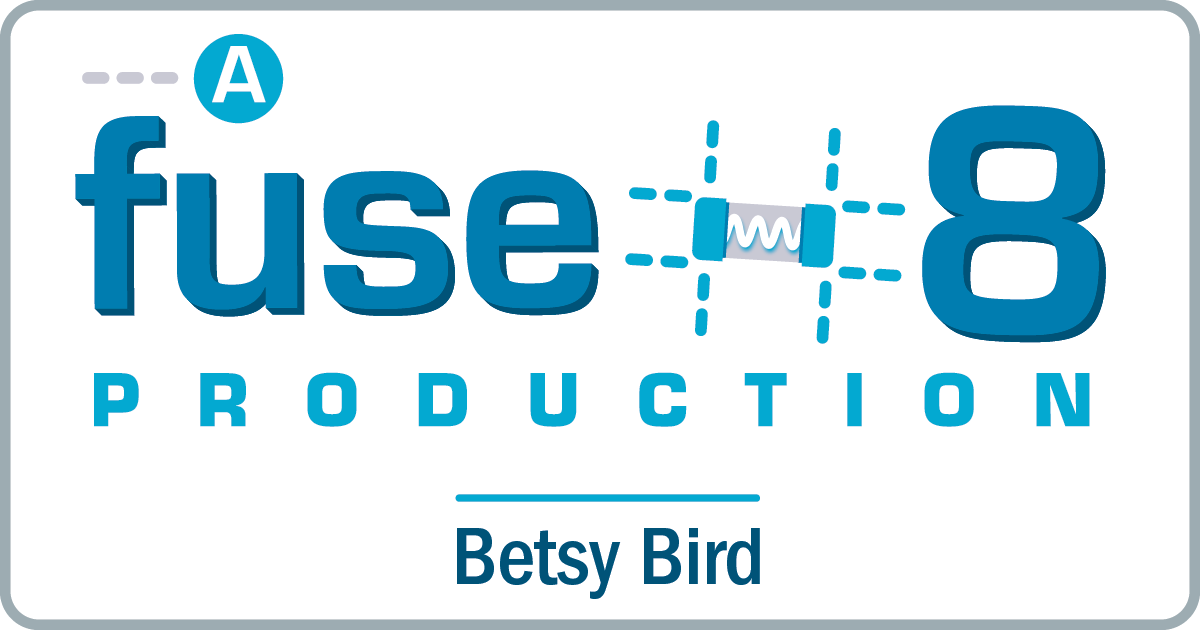

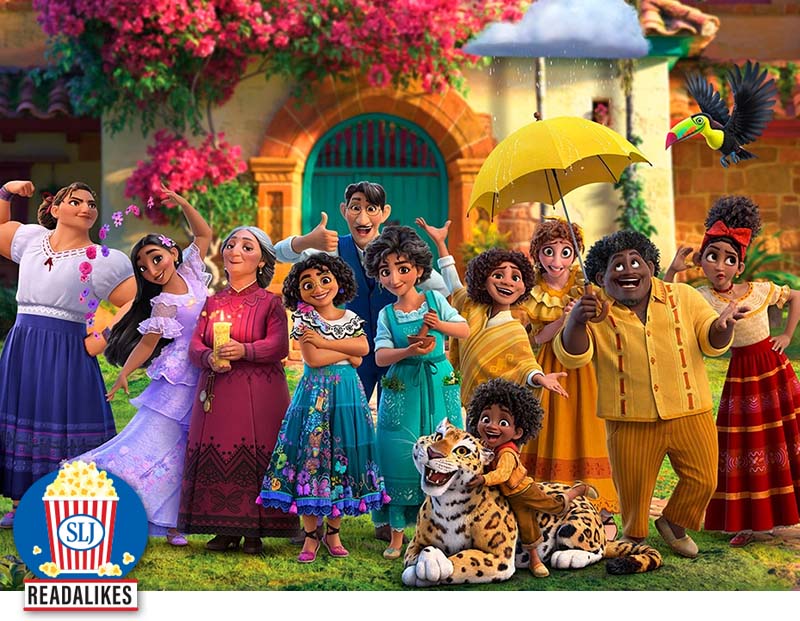
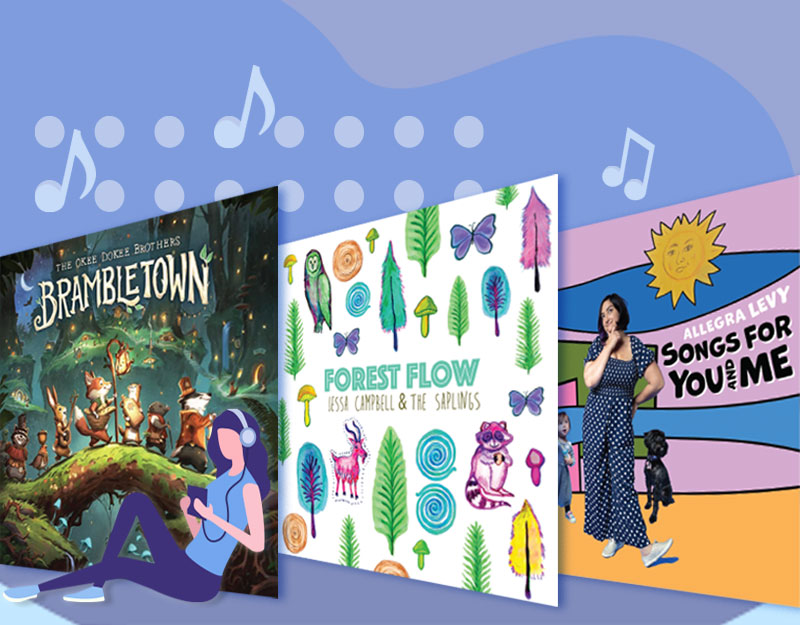
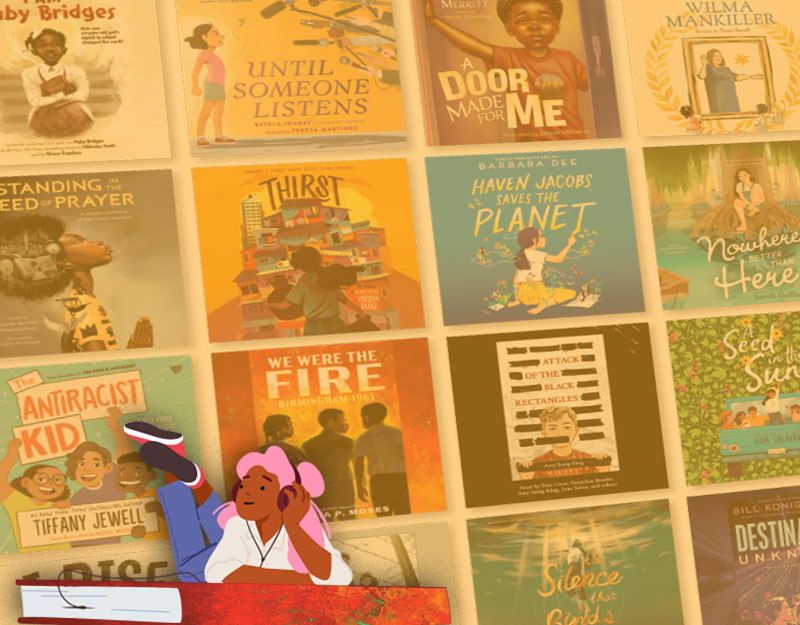
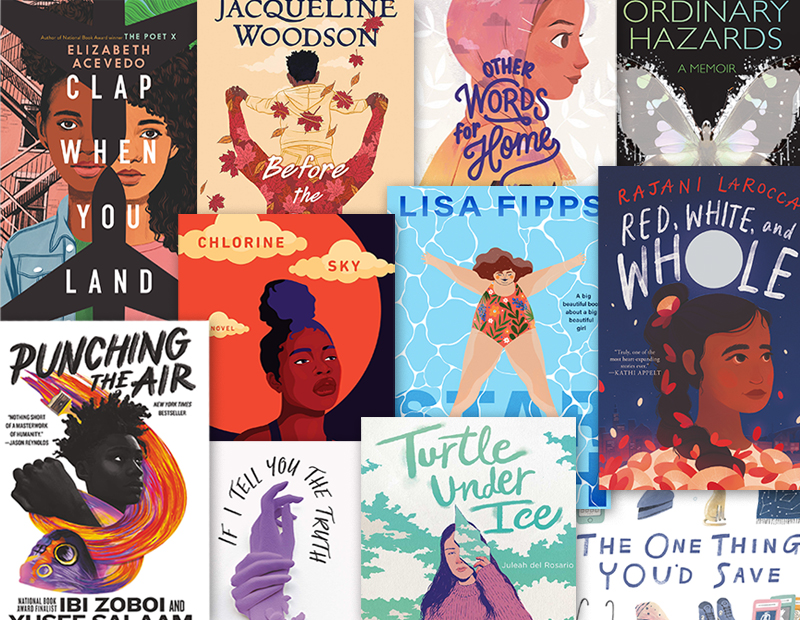
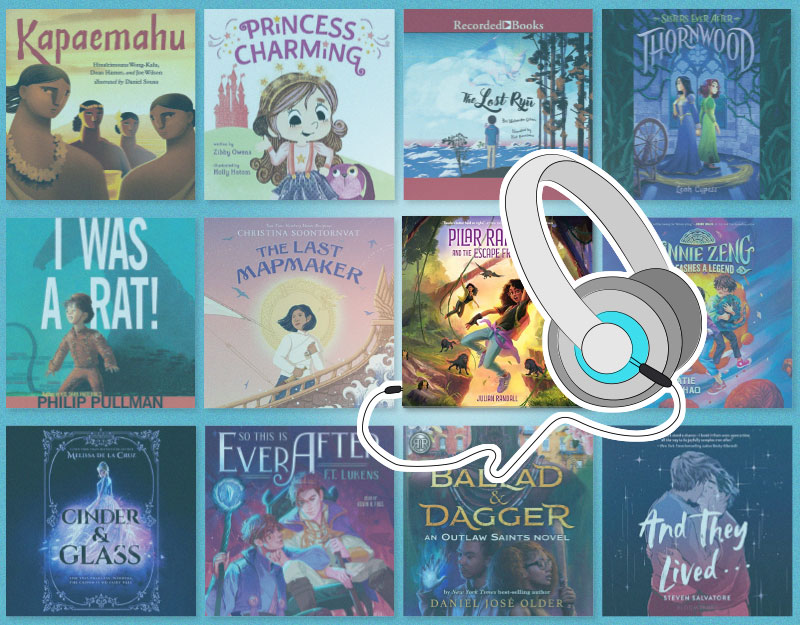
Can’t wait to get my hands on this one! I’ve made a note of it on my calendar for the middle of next month.
I find that tweens sometimes find it hard to connect to poetry – they’re beyond the visually stimulating, funny poems of their childhood, and yet they aren’t quite ready for abstract poetry. This seems like the perfect collection to speak to tweens and teens. Can’t wait to see it!
Too funny! This title is my blog post for Poetry Friday this coming week. Love it.